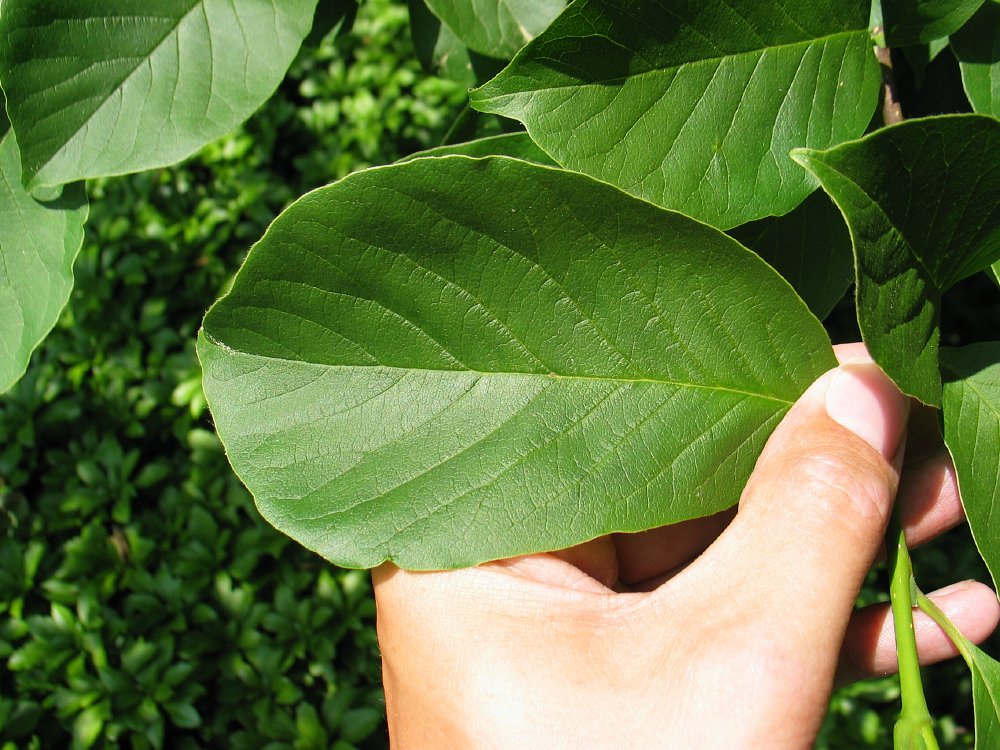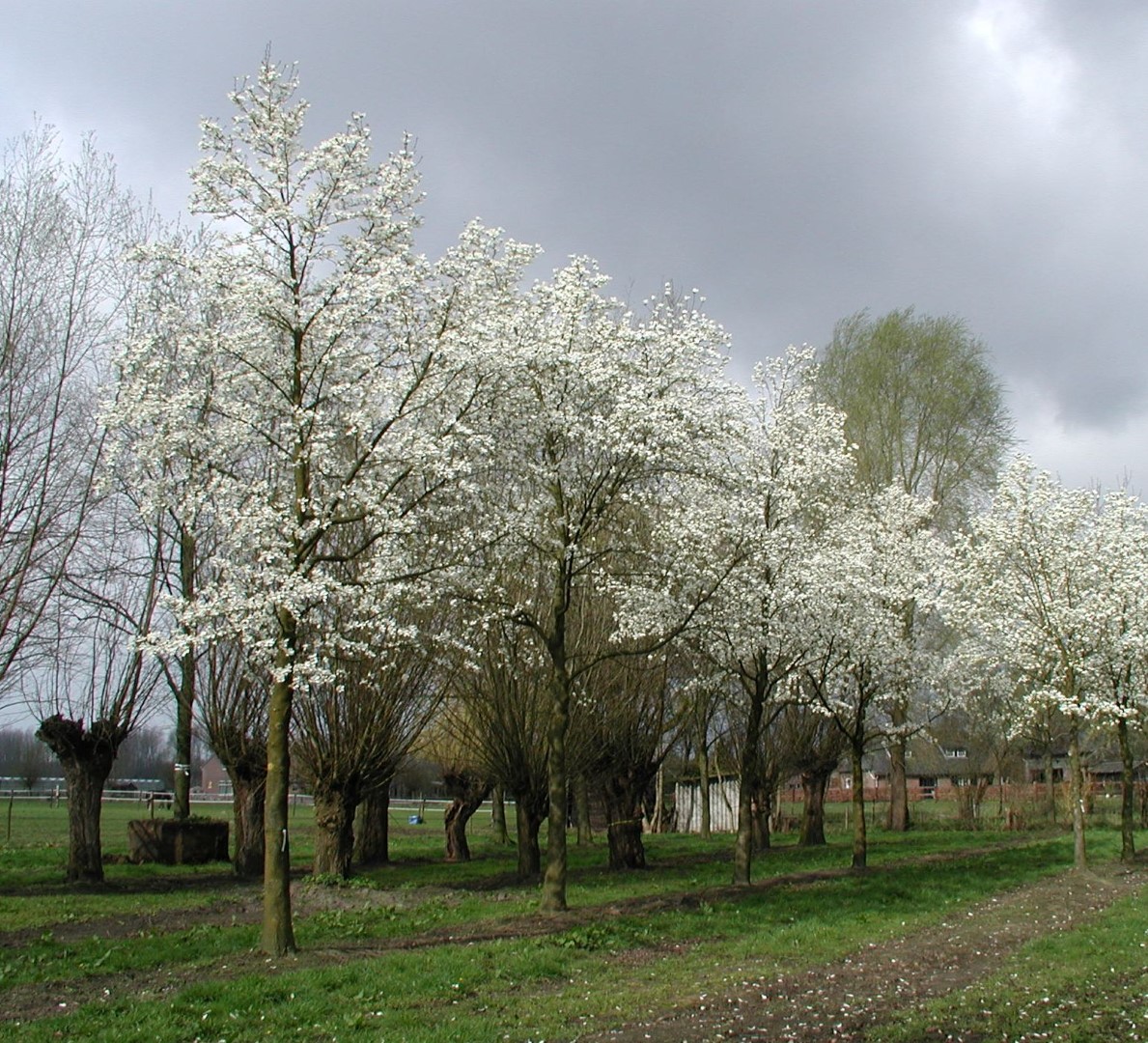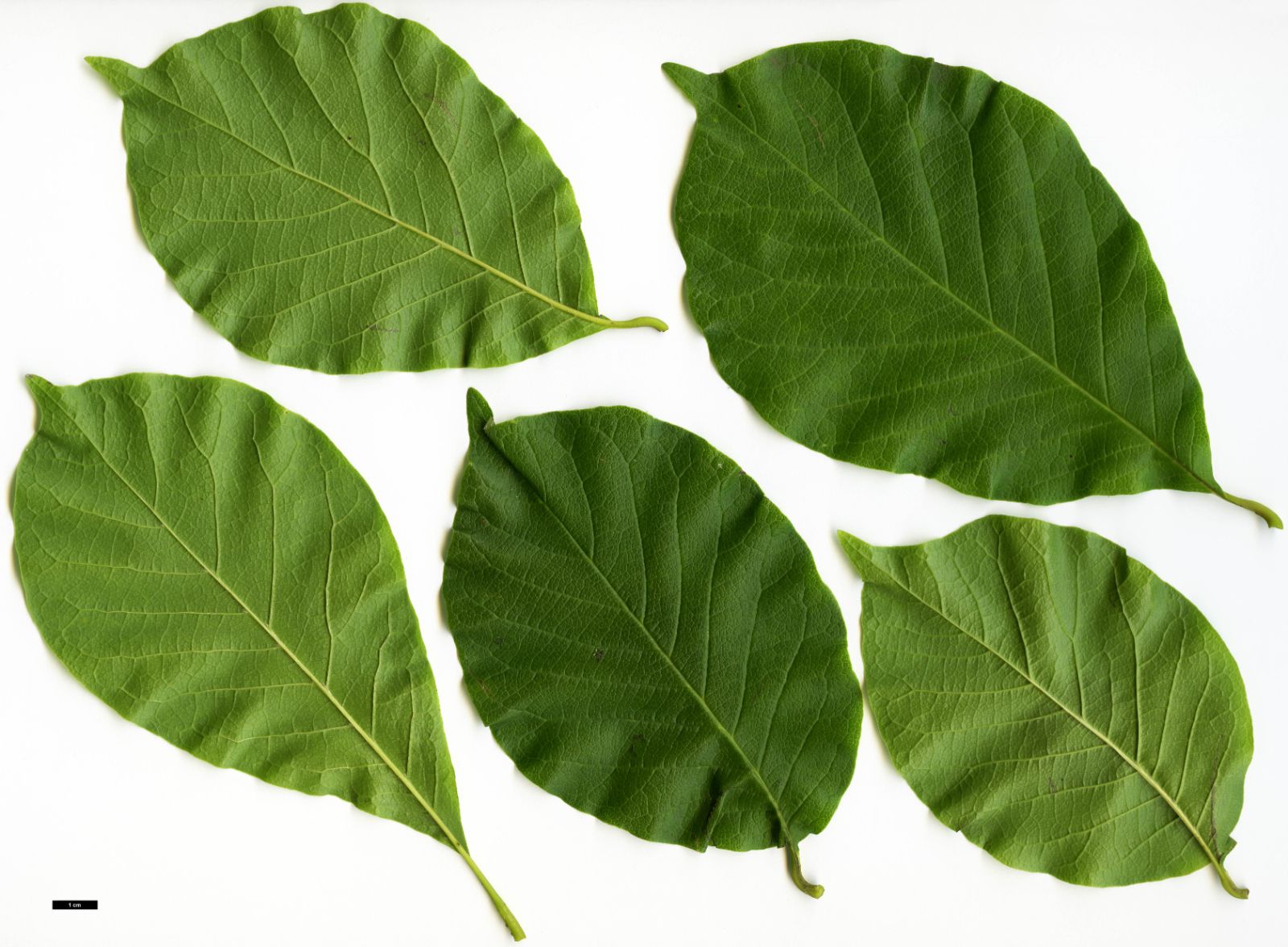/kobus-magnolia-growing-profile-3269282-hero-54fb0ebaeb8a45c5bb0049a15b341186.jpg)
Kobus Magnolia Care and Growing Guide
Physical Characteristics Starting from the bottom, the trunk of this tree is a gray-brown color. When the tree is young, it has a pyramidal shape. As it ages, it becomes denser and rounder. The Japanese magnolia produces flowers before it produces leaves.

Magnolia kobus Kobushi, Thurber's Magnolia Van den Berk Nurseries
Magnolia kobus, known as mokryeon, [3] kobus magnolia, [3] or kobushi magnolia, [2] is a species of Magnolia native to Japan ( Kyushu, Honshu, and Hokkaido) and Korea [4] and occasionally cultivated in temperate areas. [5]

Magnolia kobus Magnolia kobus Kobus magnolia Dutch treeguide at www
Scientific name: Magnolia kobus Pronunciation: mag-NO-lee-uh KOE-bus Common name (s): Kobus Magnolia, Northern Japanese Magnolia Family: Magnoliaceae USDA hardiness zones: 5A through 8A (Fig. 2) Origin: not native to North America Uses: specimen; container or planter

Magnolia kobus Kobushi, Thurber's Magnolia Van den Berk Nurseries
Often considered classic trees and shrubs symbolizing the South, Magnolia is a remarkably diverse genus of plants that includes many species suitable for colder climates. Magnolia trees are generally known for having large, leathery leaves and impressive white or pink flowers that appear very early in spring—often before the leaves even emerge.

Magnolia kobus Trees and Shrubs Online
The Kobus magnolia ( Magnolia kobus) is a lovely deciduous small tree for landscapes. It has large dark-green leaves that are obovate in shape and 3 to 8 inches long. Once well established, the tree produces perfumed white flowers up to 4 inches across in early spring before the leaves appear.

Magnolia kobus in Thompson's Park
Magnolia Kobus is a deciduous tree that belongs to the Magnolia family. It is native to Japan and Korea and is commonly known as Kobushi Magnolia. The tree can grow up to 10-15 meters tall and has a spread of 4-8 meters. It has large, dark green, oval-shaped leaves that are 10-20 cm long and 5-10 cm wide.

Kobus magnolia stock photo. Image of branch, summer 233379502
Type: Tree Family: Magnoliaceae Native Range: Japan Zone: 5 to 8 Height: 25.00 to 30.00 feet Spread: 25.00 to 35.00 feet Bloom Time: March to April Bloom Description: White Sun: Full sun to part shade Water: Medium Maintenance: Medium Suggested Use: Hedge, Flowering Tree Flower: Showy, Fragrant Leaf: Fragrant Garden locations Culture

Magnolia kobus Landscape Plants Oregon State University
This deciduous tree grows to 40 feet tall and blooms in early spring with a profusion of white-tinged pink goblet to saucer-shaped blossoms that are 3 to 4 inches wide. Care Grow in moist, well-drained, preferably acidic to neutral soil in sun or partial shade; magnolias do not tolerate wet feet.

Magnolia kobus in Insole Court
Magnificent Magnolias. January 13 @ 8:00 am - March 31 @ 5:00 pm. Experience one of the most significant conservation collection of Magnolias in the United States in bloom mid-January through March. Admire the sights and scents on the branches of more than 200 elegant trees, as velvety silver buds and saucer-sized pink, white, and magenta.

Kobus magnolia stock image. Image of japanese, northern 231078209
Kobus magnolia (Magnolia kobus). Kobus magnolia (Magnolia kobus) is a deciduous tree that will grow from 8 to 9 m tall with a spread of 8 to 11 m wide. It blooms in spring with fragrant white cup-shaped flowers that are often tinged with pink. Leaves turn yellowish brown as bright red seeds ripen in fall. Birds feed on the seeds while butterflies and bees are attracted to the flowers. This.
:max_bytes(150000):strip_icc()/kobus-magnolia-growing-profile-3269282-05-335ccd10e7e9458f8f5c0655839c6e62.jpg)
Kobus Magnolia Care and Growing Guide
Magnolia kobus Common name: Kobus Magnolia Pronunciation: mag-NO-li-a KO-bus Family: Magnoliaceae Genus: Magnolia Type: Broadleaf Native to (or naturalized in) Oregon: No Deciduous tree/shrub, 30-40 ft, (9-12 m), often multi-stemmed.

Kobus magnolia stock photo. Image of nature, shrub, summer 241633104
General Information Scientific name: Magnolia kobus var. stellata Pronunciation: mag-NO-lee-uh KOE-bus variety stell-AY-tuh Common name (s): Star Magnolia Family: Magnoliaceae USDA hardiness zones: 5A through 8B (Fig. 2) Origin: not native to North America Invasive potential: little invasive potential
:max_bytes(150000):strip_icc()/GettyImages-1144101183-33cc596b70b24795a9673adb5fe95374.jpg)
Kobus Magnolia Care and Growing Guide
Magnolia kobus northern Japanese magnolia Broadly conical, deciduous tree to 10m tall, with mid-green leaves to 15cm long, and fragrant, goblet to saucere-shaped, white flowers to 10cm wide, in mid-spring, followed by pink fruits splitting to reveal scarlet seeds Synonyms Magnolia kobus var. borealis Magnolia praecocissima

Magnolia kobus Kobushi, Thurber's Magnolia Van den Berk Nurseries
Magnolia kobus DC Magnolia kobus: the flower has 6 large petaloid tepals and 3 small outer sepaloid ones (Herkenrode, 9th April 2016). Image Philippe de Spoelberch. Deciduous tree to 20 m, often multistemmed and widely branching. Bark silvery or brownish-grey, warty, ridged on old trunks.
/GettyImages-126015934-590a23935f9b58647001d923.jpg)
Kobus Magnolia Growing Profile
Fruit Fruit shape: elongated; irregular Fruit length: 1 to 3 inches Fruit covering: dry or hard Fruit color: brown Fruit characteristics: does not attract wildlife; inconspicuous and not showy; no significant litter problem Trunk and Branches
/GettyImages-519748110-e8c054d9d467496e92eac4047b03026c.jpg)
Kobus Magnolia Care and Growing Guide
DESCRIPTION Height: 25 to 30 feet Spread: 25 to 35 feet Crown uniformity: irregular outline or silhouette Crown shape: round; spreading Crown density: dense Growth rate: slow Texture: coarse Foliage